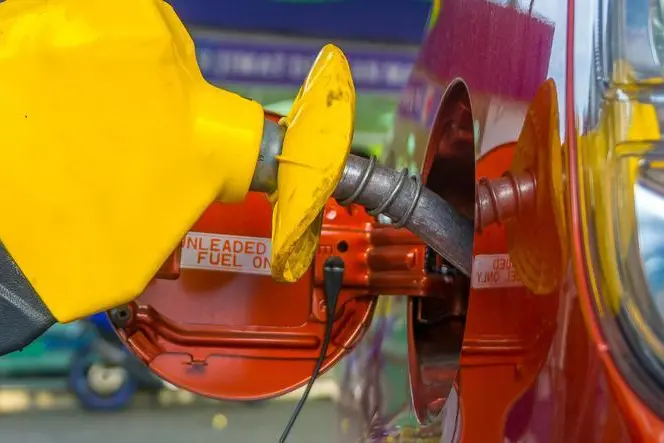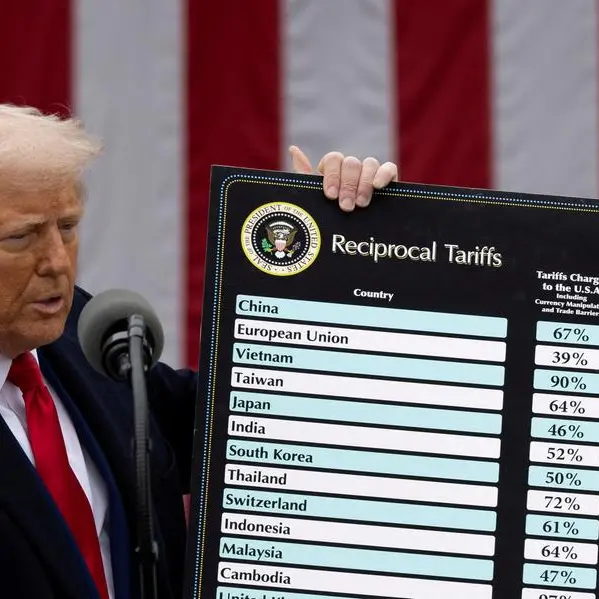PHOTO
The government has decided to retain the fuel surcharge at its highest level for the year, leaving Filipinos dealing with elevated air fares during the Christmas season.
In an advisory, the Civil Aeronautics Board (CAB) said the fuel surcharge would stay at Level 7 in December, keeping the rate at the same level as in November.
Under CAB's matrix, Level 7 means airlines may slap a fuel surcharge of P219 to P739 for local flights and P722.71 to P5,373.69 for international trips.
As a protocol, CAB told carriers eyeing to impose the fuel surcharge to submit their application with the agency before December.
For December, CAB said airlines may apply a conversion rate of P56.67 to $1 for air fares to be collected in foreign currency.
Prior to reaching Level 7, operators observed a fuel surcharge of Level 6 in both September and October. Before this, CAB maintained the fuel surcharge at its lowest at Level 4, giving travelers the most affordable air fares this year.
Carriers may impose the fuel surcharge in the billing of their passengers to slightly recoup the losses they incur from price movements in jet fuel.
For December, the country's largest airlines are preparing for what they anticipate to be their best performing holiday season, with pandemic restrictions here and abroad lifted.
Flag carrier Philippine Airlines (PAL) and low-cost operator Cebu Pacific expect to end the year with their flight and passenger volumes back to pre-pandemic levels.
Earlier, PAL president and chief operating officer Stanley Ng told The STAR that the airline sees its load factor reaching up to 90 percent in the fourth quarter.
Carriers measure the load factor or the percentage of seats sold against the slots available to evaluate their performance for a certain period.
Meanwhile, Cebu Pacific president and chief commercial officer Alexander Lao said the airline may record a load factor equal to, if not above, its pre-pandemic high of 87 percent in 2019. The carrier is undertaking promotional activities to heighten the holiday demand for air travel as well.
For the year, PAL seeks to increase its passenger volume by 55 percent to 14.5 million, from 9.3 million, while Cebu Pacific hopes to climb back to its pre-pandemic high of 22.8 million.
The recovering travel demand is helping both PAL and Cebu Pacific with their financial rebound as they booked a profit of P15.16 billion and P5.03 billion, respectively, at the end of September.
Copyright © 2022 PhilSTAR Daily, Inc Provided by SyndiGate Media Inc. (Syndigate.info).




















